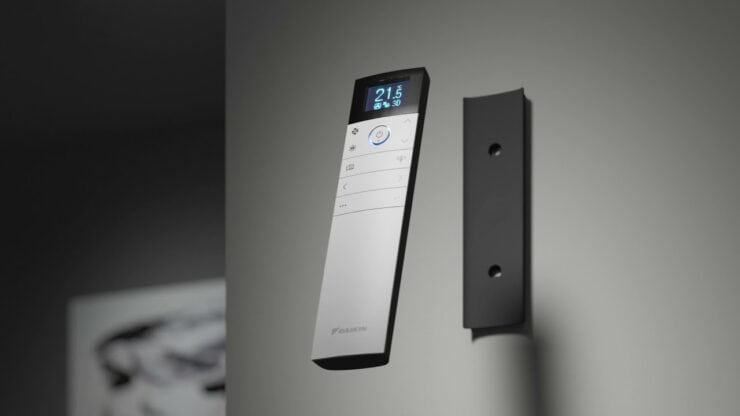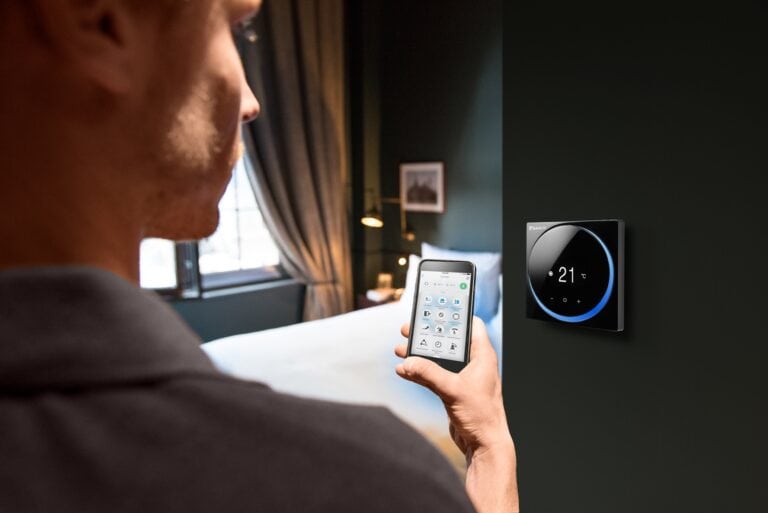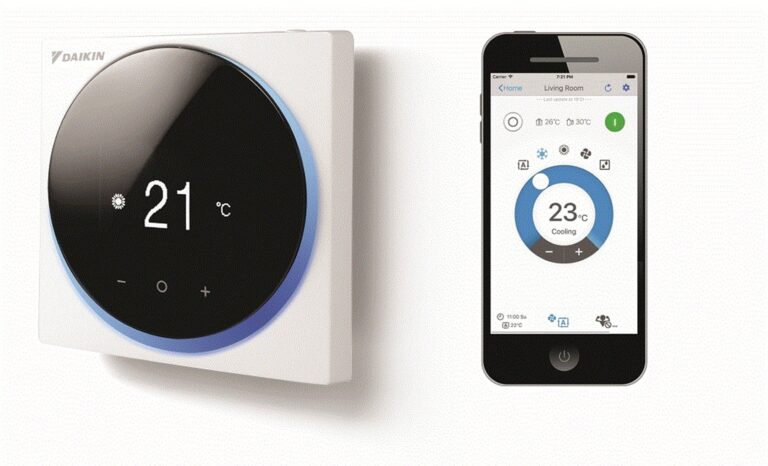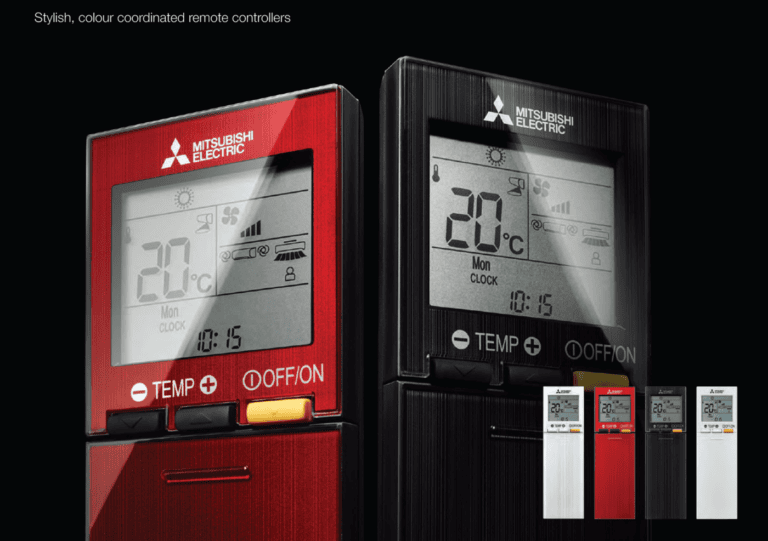
Air conditioning technology has advanced significantly in recent years in terms of design and functionality. To begin with, the most common types of air conditioning systems are:
Each type of system will have its own controller so it’s worth comparing features before installation.
Air conditioning controls are designed not only to set temperatures and fan speeds for cooling and heating, but they also come with a range of features that allow users to optimise efficiency and energy use and adjust the settings to suit personal needs.
Today’s air conditioning controllers are designed to be intelligent and user-friendly and come with multiple features. Air conditioning controls are typically wired and come with with a remote controller, but many have built-in Wi-Fi, enabling users to remotely control small or large air conditioning systems on the go via Smart devices.




